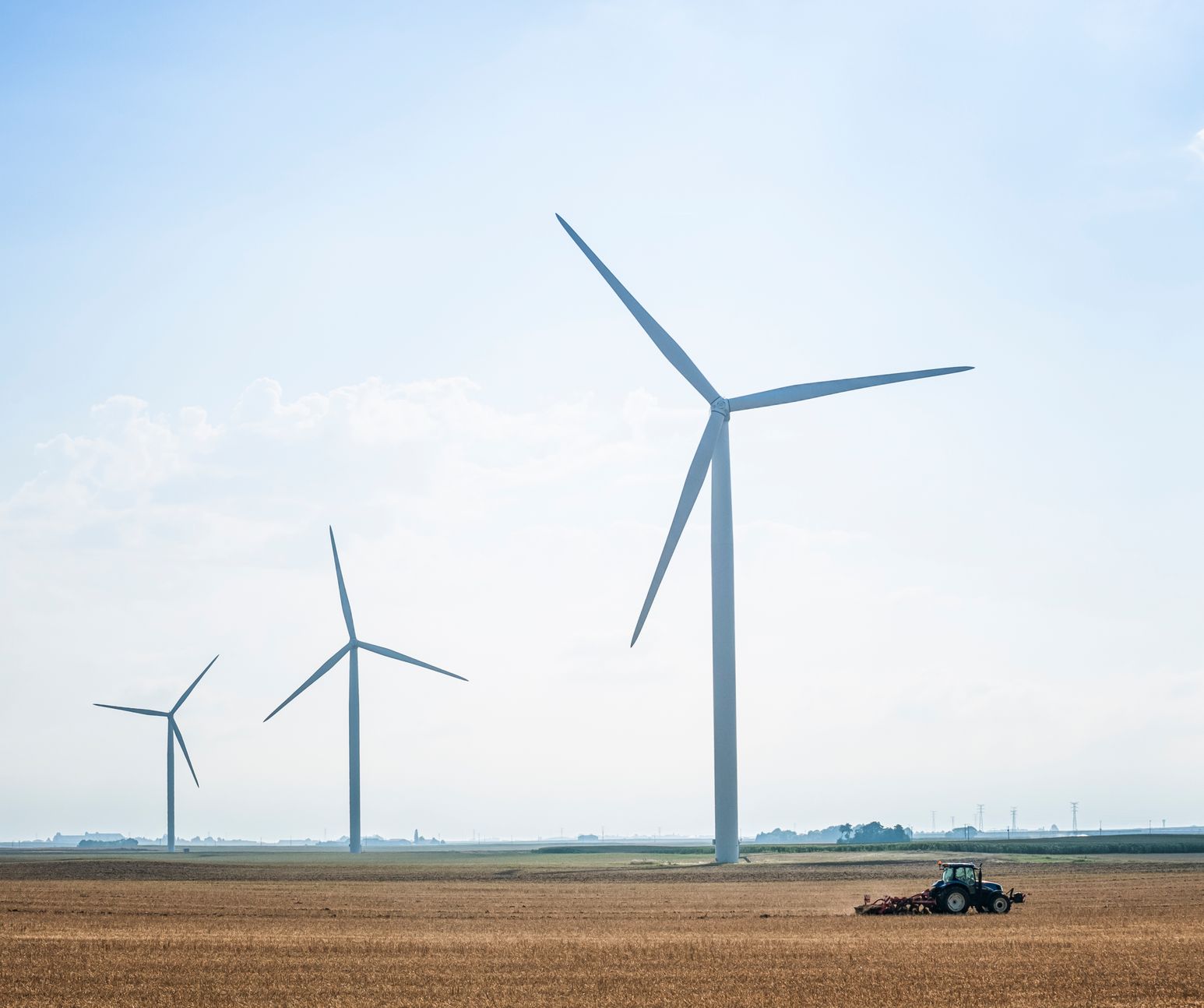The future of electricity is renewable, regardless of what happens with the Obama Administration’s Clean Power Plan. According to projections by the Energy Information Administration, wind, solar, and natural gas will be the dominant fuels for the next couple of decades. Despite headwinds on the political horizon, investments in renewable energy have surged and appear to be continuing on the same promising trajectory.
Cost Plummets
In emerging nations, solar energy is now cheaper than all other new forms of electricity generation, even without subsidies. Power supply deals in India and Chile illustrate the precipitous drop in solar power plant construction cost. In those contracts, solar was half the cost of coal and even dropped below on-shore wind. By building energy infrastructure based on renewables, these growing economies are leap-frogging the established economies in the same way that they adopted wireless telecommunication.
In developed nations, the fossil-fuel industry is well established and energy demand is either flat or falling. These trends increase competitive pressure and create barriers for wind and solar energy growth. Nevertheless, renewables are booming in the U.S., too. In December 2016, fevered bidding drove up the price of an offshore wind lease and brought $42 million into the federal coffers. The winning bid came from the Norwegian oil company, Statoil, which is pivoting away from fossil fuels and toward wind. Some of wind’s strongest support comes from the heartland, including Texas, Minnesota, and Colorado. In Iowa, 40% of the electricity comes from wind and employment is booming. It’s not surprising that Chuck Grassley, R-Iowa vigorously supports wind development. In Kansas, Governor Sam Brownback (R), also has high praise for wind. Abundant resources and lower cost will lock in renewables as the dominant energy resource.
Modernizing Utilities
Utilities have relied for decades on enormous, centralized power plants that run continuously. Renewable power plants are smaller, decentralized and operate only when the natural resource (sun or wind) is available. Chained to a 20th-century electric grid, utilities have struggled to incorporate modern energy sources in large amounts. Two new approaches have emerged to update grid capabilities. The first is smart-grid technology that uses high-speed communications and computer processing to quickly react to changing conditions. Second, utility-scale energy storage buffers the supply so it’s available when demand peaks.
Efficiency
While not as sexy as spinning turbines or shiny solar panels, there is another element in the energy future that has even more potential than renewables. Reducing energy demand has become a key element in utility integrated resource planning. It is now the third largest source of energy for American utilities. Not wasting energy has avoided the construction of 313 new power plants since 1990. That’s old news for the Northwest Power Planning and Conservation Council who pioneered large-scale conservation efforts beginning in the late 1970s. Their 7th Northwest Power Plan documented that conservation in the four-state region had cut power plant construction in half. Going forward, 90% of new electric load could come from energy efficiency. The reason for this focus on efficiency is simple. It’s the least expensive and least risky source of new power. It’s a conservation power plant.
The fossil-fuel industry carries the baggage of the last 100 years, including environmental degradation, boom-and-bust employment, and climate destruction. Renewables have environmental impacts, too, habitat impacts and wildlife mortality, in particular. These impacts can be avoided by locating facilities to reduce affects on key natural resources. That’s not so easy with an open-pit coal mine or an oil pipeline. Overall, the environmental impact of renewables is far lower than that of fossil fuels. It’s now clear that renewables are also cheaper.

